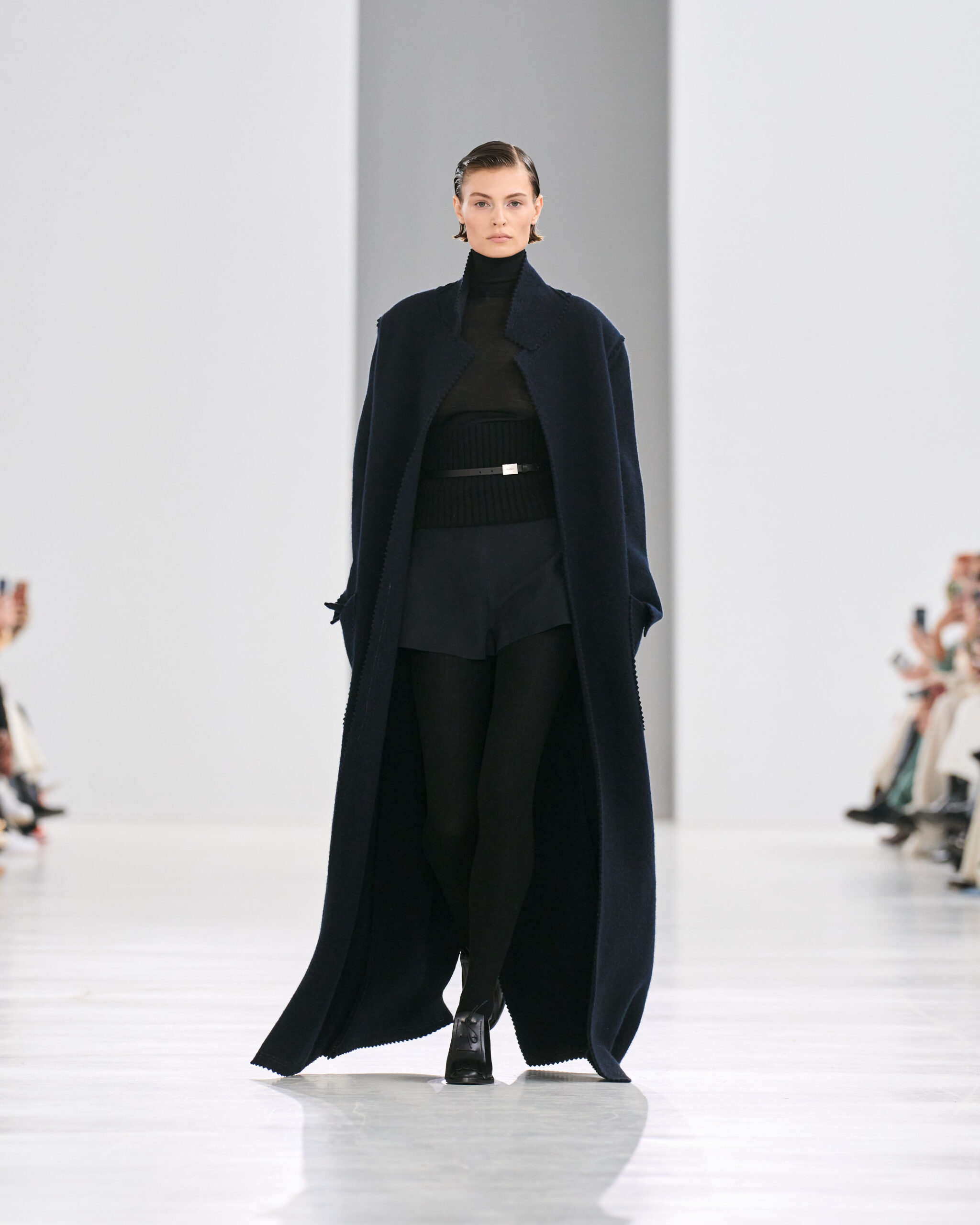
Throughout his tenure for the heritage, Italian luxuriate, Max Mara, creative director Ian Griffiths has lionised an often unsung heroine whom history’s lexicon may have omitted. For Fall/Winter 2024, this attitude was softened slightly, as Griffiths himself rejected my hypothesis from backstage after the show.
“My inspiration this season is definitely a heroine, but not unsung because Colette has been acknowledged as being one of the pinnacles of French, feminist and world literature,” Griffiths maintained in reference to the nexus of his new season panoply. Known by her mononymous sobriquet, Colette was a prolific French author operating during the turn-of-the-century period since referred to as Belle Époque. But over a century later and in Milan, her world view, complete with her sapphic dalliances own sartorial musings, found a home off the page on Max Mara’s runway.

“Although she was a rebel,” Griffiths mused in a voice note sent to this GRAZIA writer after the show about her mainstream sexual fluidity and pillaging of her personal life for content, “she was totally accepted by the establishment.”
“I was drawn to her because I’ve always loved Colette and it was 150 years since she was born,” Griffiths continued.
“That’s a very flimsy reason to base a collection on a person, I guess there is something about the style of Colette and her world that struck me as something that we could interpret, to produce something modern.”
To modernise the past without feeling kitsch or camp is an especially prudent undertaking, but one Griffiths has proved he’s more than capable of throughout his tenure at the helm of Max Mara. Though a recent haute couture show demonstrated an appetite for the Belle Époque’s return, Griffiths looked to this revered Parissianne’s wares with a gentle elegance. “There is something about the Belle Époque, the proportions and the silhouettes that I felt could become modern for today.”
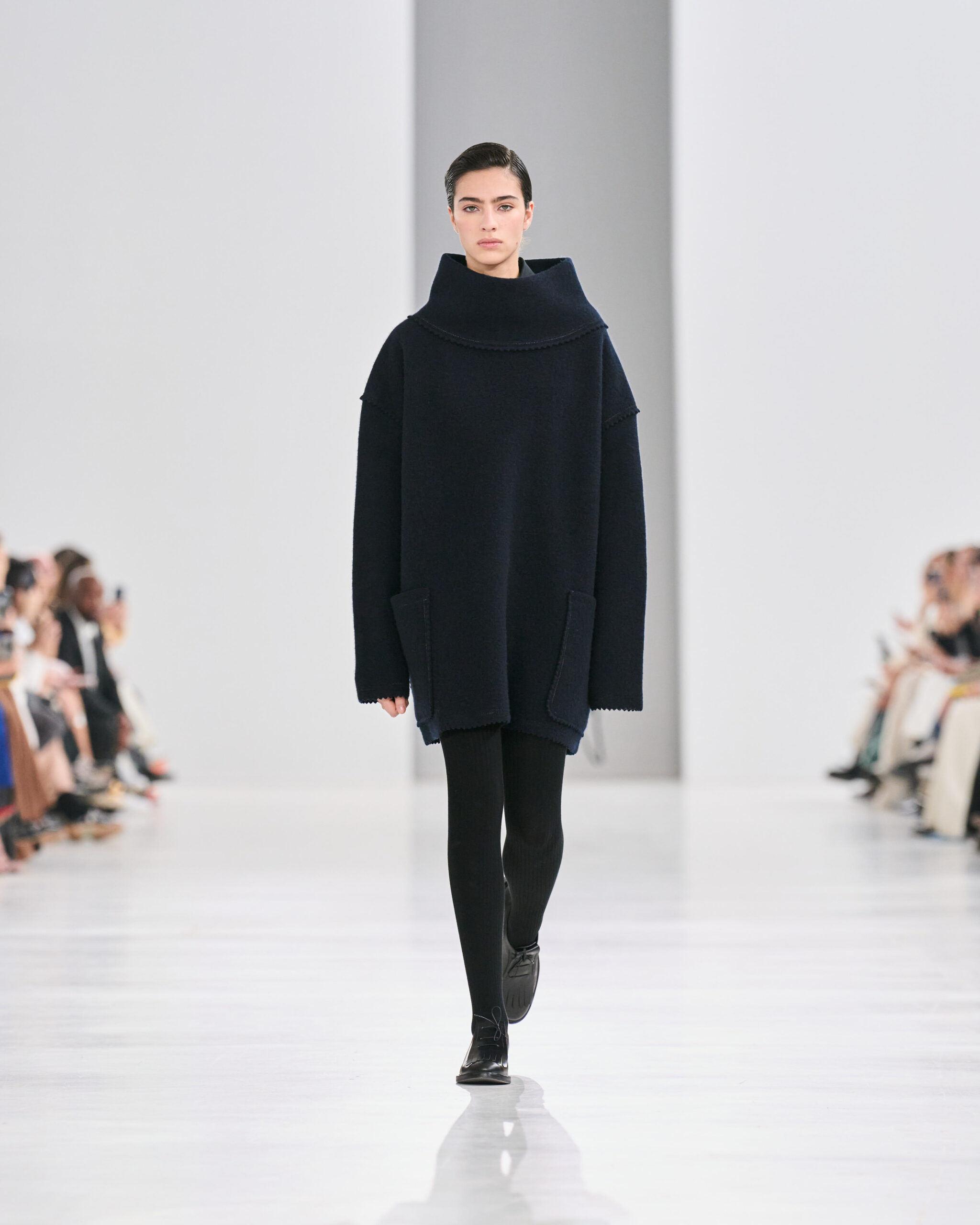
Without conjecture, Griffiths streamlined the rigid shapes with fluidity. Employing knitwear as the collection’s primary textile offered a softer, more subtle slant to refinement while keeping the garments close to the body. Throwing out the corsets and bustles, Max Mara introduced languid layering across hues of charcoal black, midnight navy, pewter and gunmetal grey and creamy sands. (Yes, Max Mara adherents will immediately recognise the absence of the house’s signature shade, camel.)
In this sumptuous fabric, Griffiths draped, flipped and coated models in relaxed shirting, soft peacoats and scooped sweaters with leniency. The mood board heavily referenced Colette’s daywear–both the agile sports jerseys for the streets and loose dressing gowns for her private salon–with aplomb. But the trained eye might discern something more personal: an intimate photo of one of Griffiths’ earliest creations dating back to 1985.
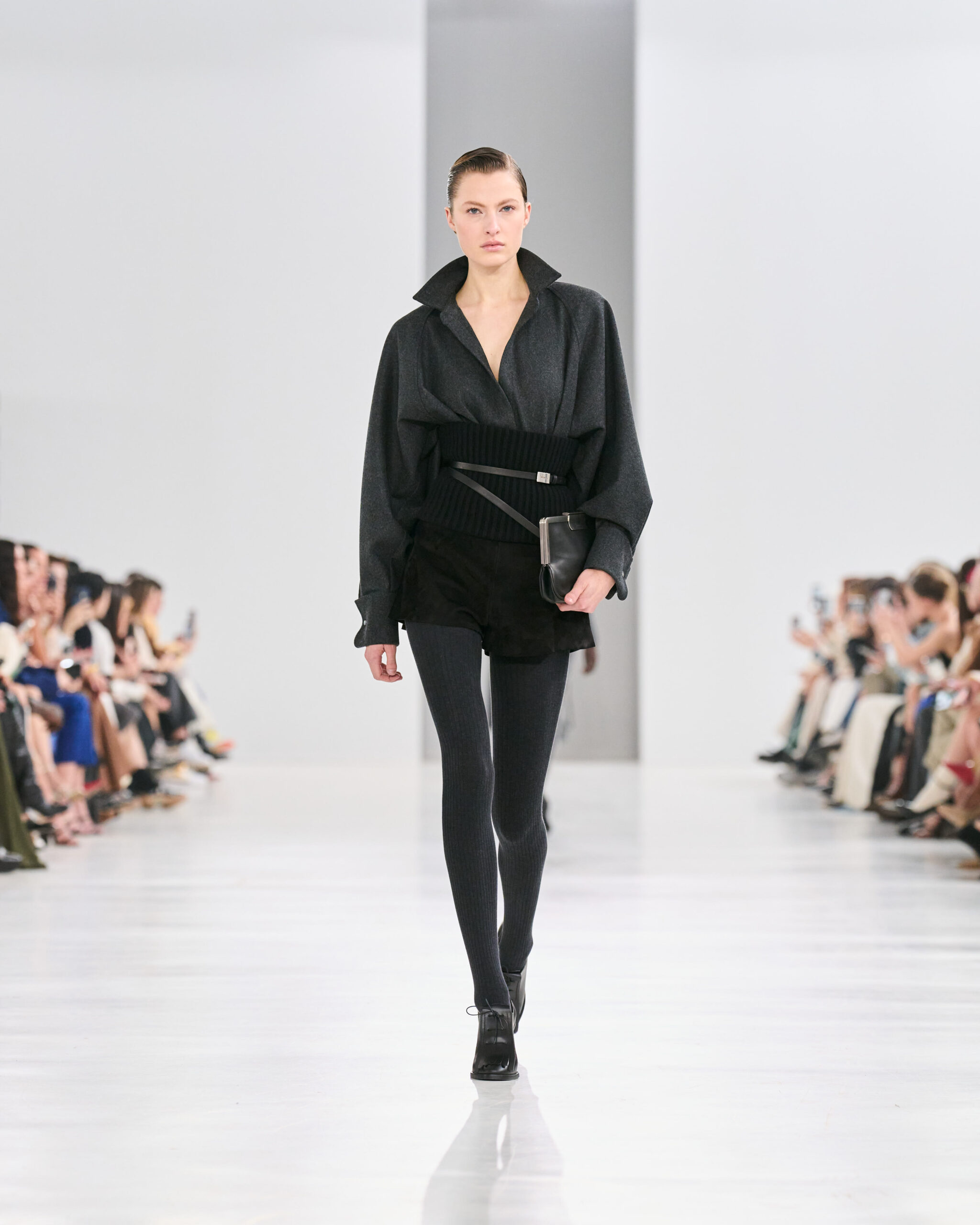
Touching on this perspective, the designer explained how the sources are constantly evolving. “My mood board is only a synthesis of the things that inspire me. There are hundreds of images that spend some time on the mood board and get taken off.
“But as a genre, I tend to be quite focused and the images on my mood board are photographs of Colette, other fashionable women in the wider Bois de Boulogne by Lartigue and just one photograph of two looks that I made when I was a student in 1985 that were part of my final degree collection, which was partly inspired by the same inspiration.”

Upon retrospect, ideating on the same period almost 40 years apart is an almost unspoken allegiance to fashion’s trend cycle and our appetite for referencing the past. But more accurately, and as Griffiths puts it, this self-reference “clearly represents the spirit of the collection.”
Though these pieces in their wrapped, kimono-esque form weren’t immediately identifiable as pieces of Griffiths’ personal history, he explained that they are the utmost resolute.
“The piece with the bull backs are special because those are the pieces I developed in college. Those meant a lot to me personally, but everything you develop for a collection in some way means something personally and I always think about every look in the collection as being like a baby.”
This tender approach to meticulously craft each garment seen on the runway with care has become Griffiths’ trademark—and his forte. For instance, his resurgence of the Teddy Coat in 2013, a style that was originally designed in the 80s, was revived with a sense of modernity. A divisive act of enriching the codes of the house with the future permanently in mind. This was seen again in this collection, particularly in Australian model Gemma Ward’s closing look as the silhouette was rendered not in the cozy fabric, but in an austere navy styled with the buttons open.
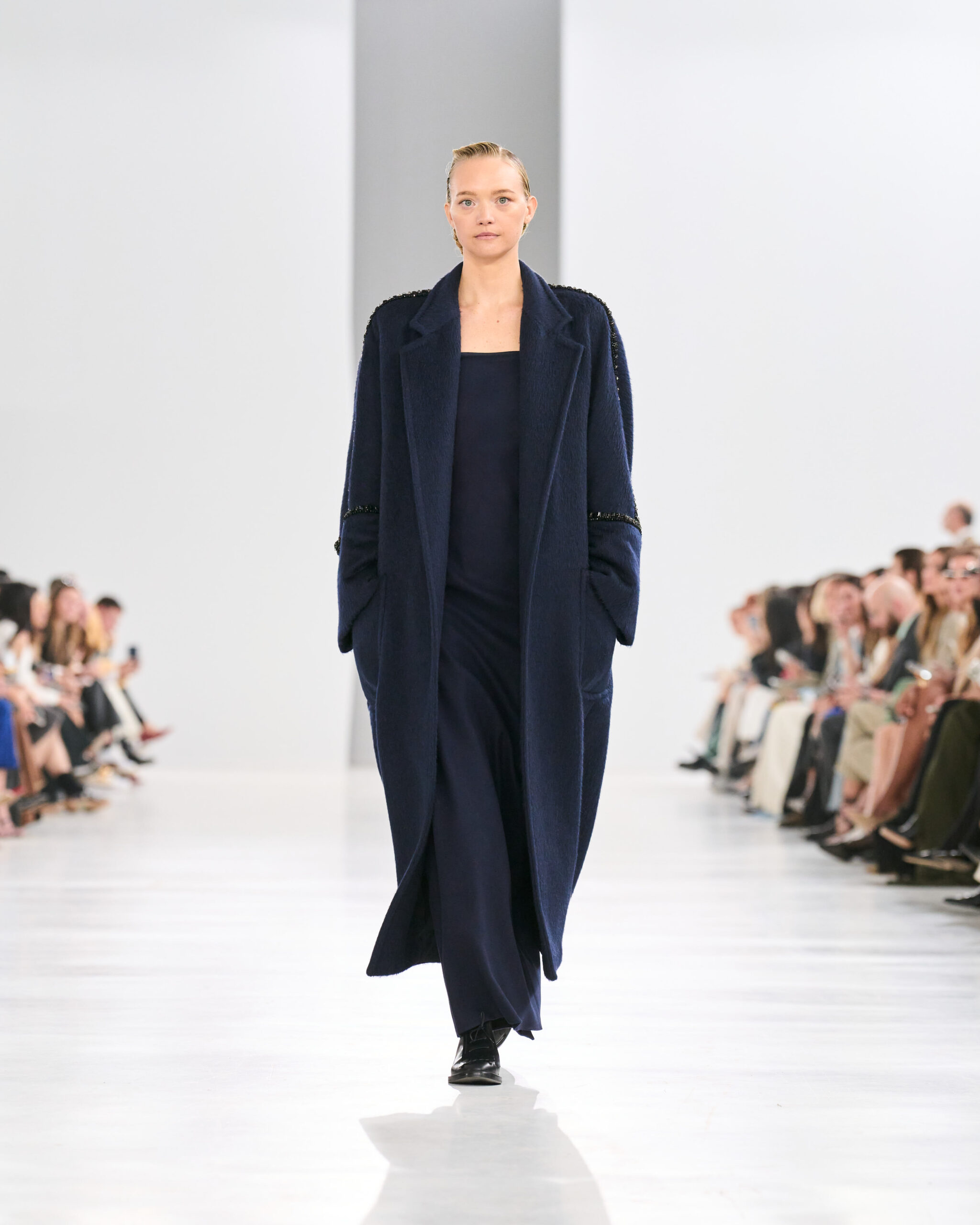
Yes, Griffiths can look back with ease but never wavers from what’s ahead. The next season is still months away, but we can always count on the British designer to deliver contemporary staples appropriate to the tone of the times. He might never divulge his secret formula, but if the past informs the present, we can’t wait to see what lies ahead. Onward bound, and bravo.
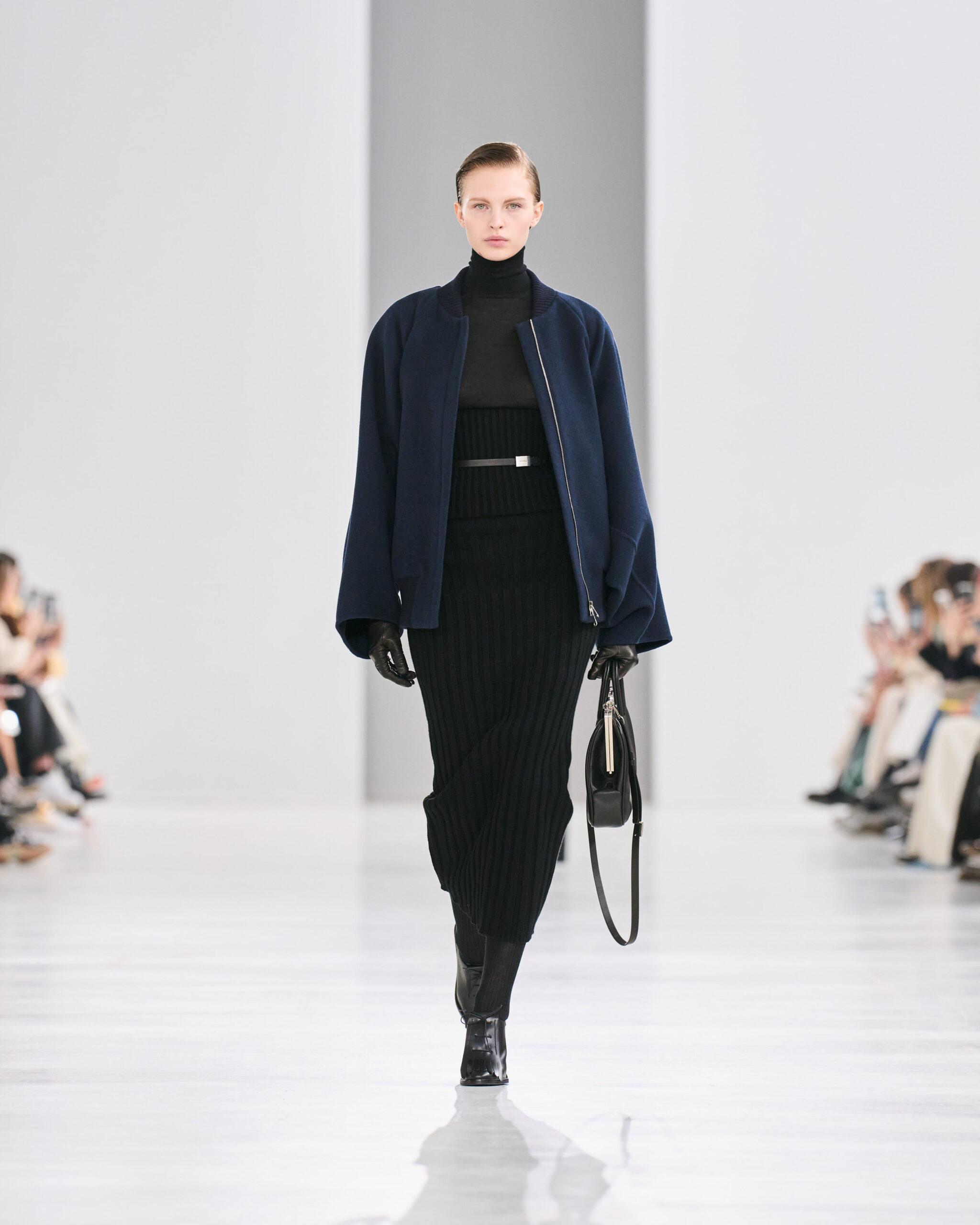
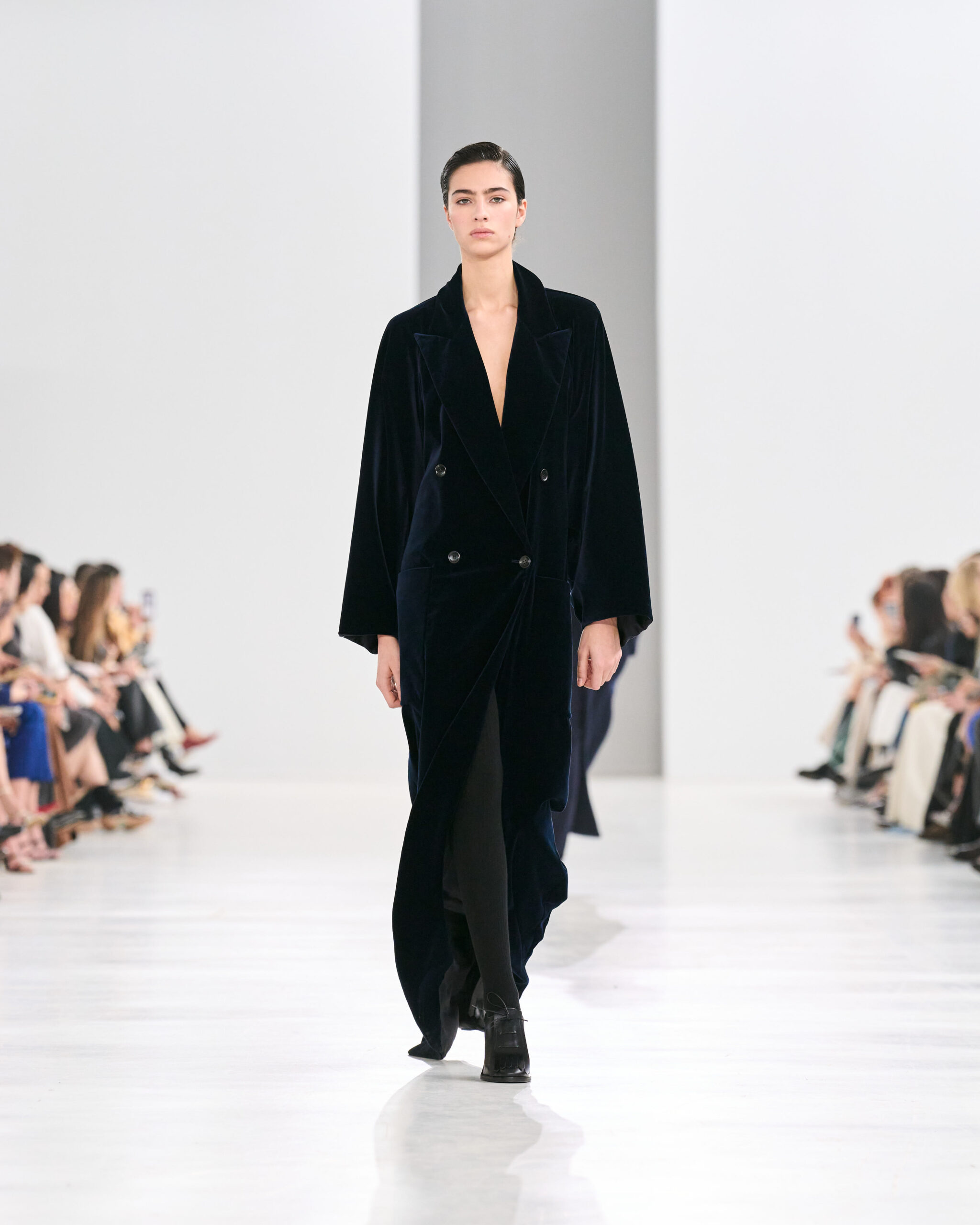
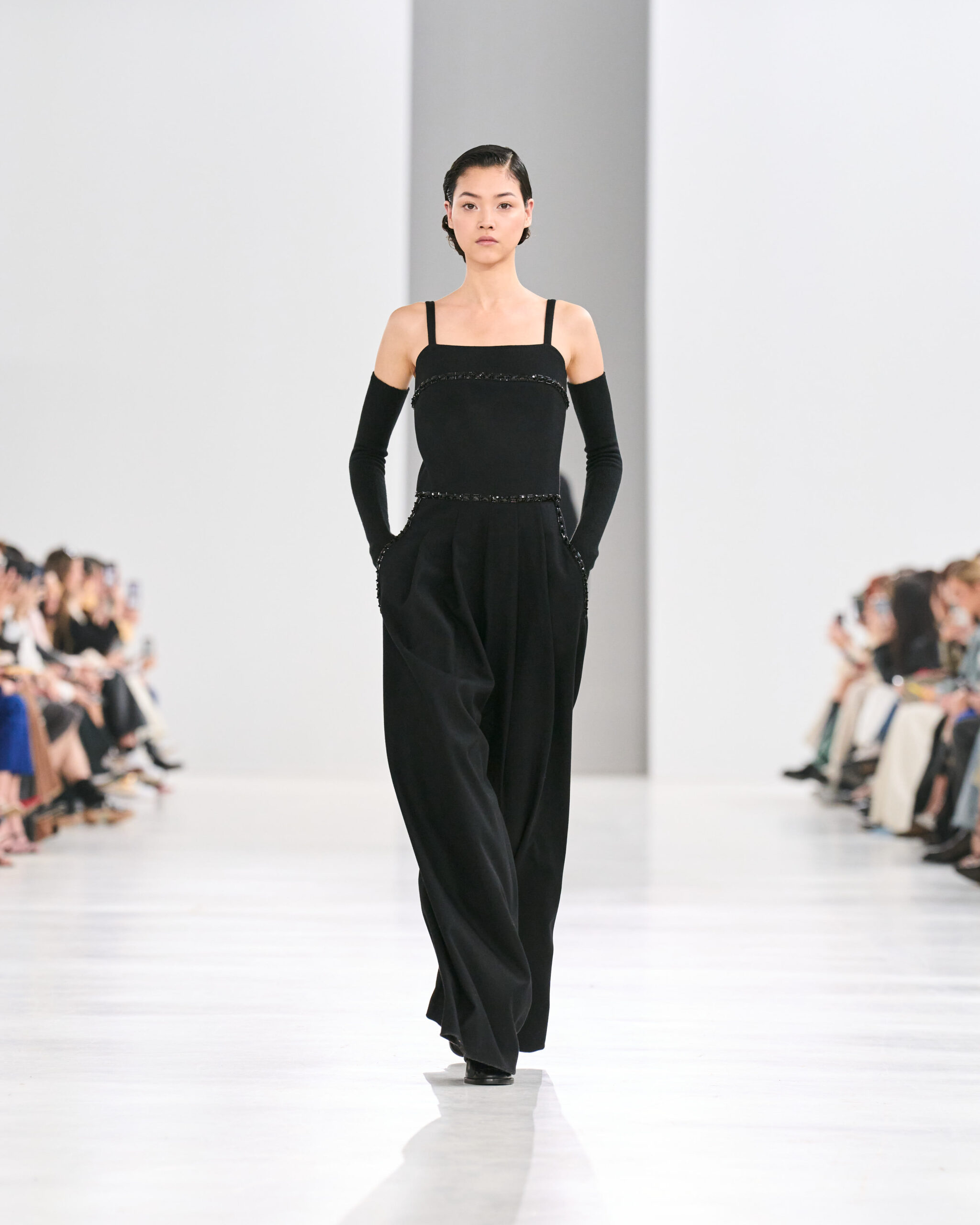
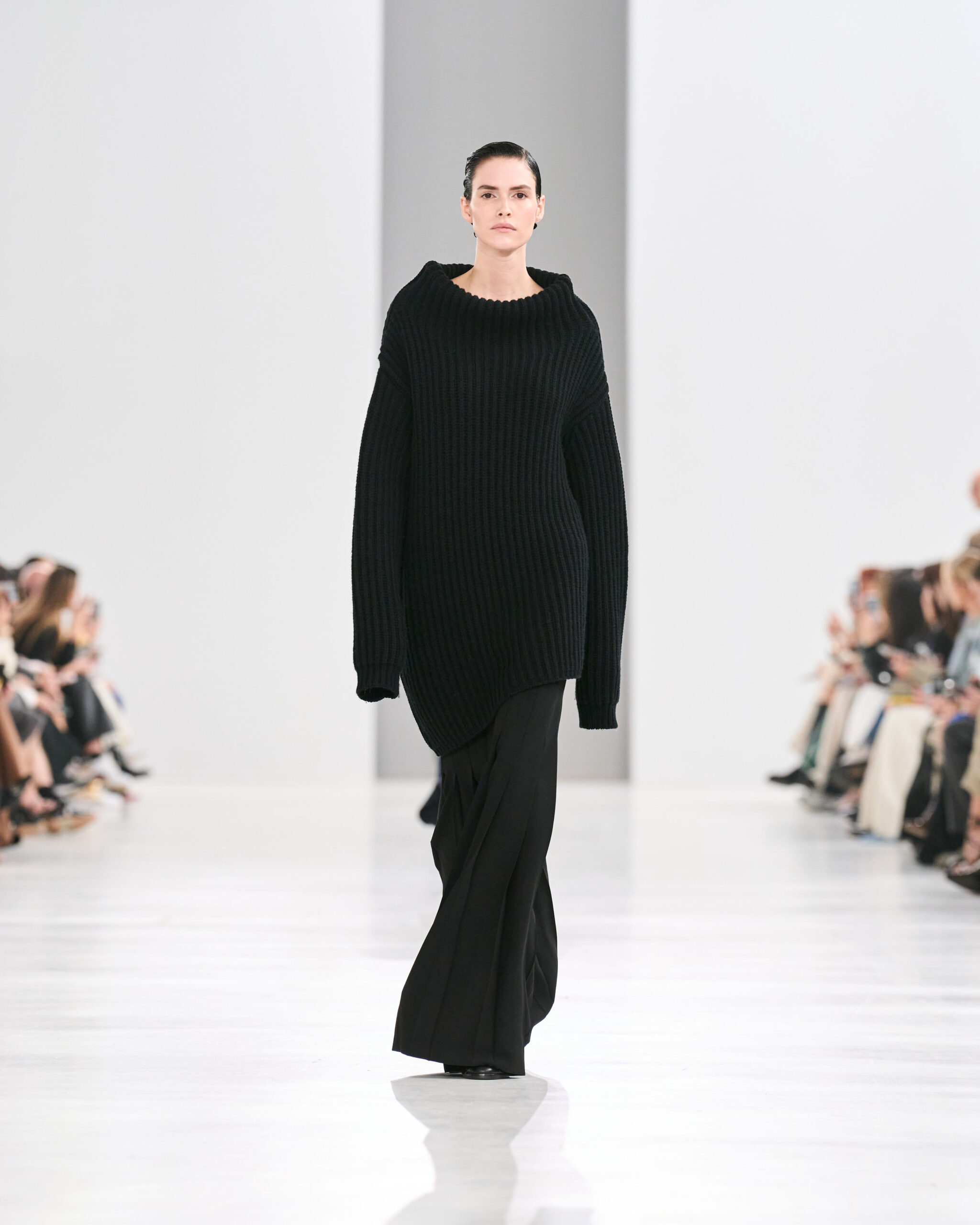
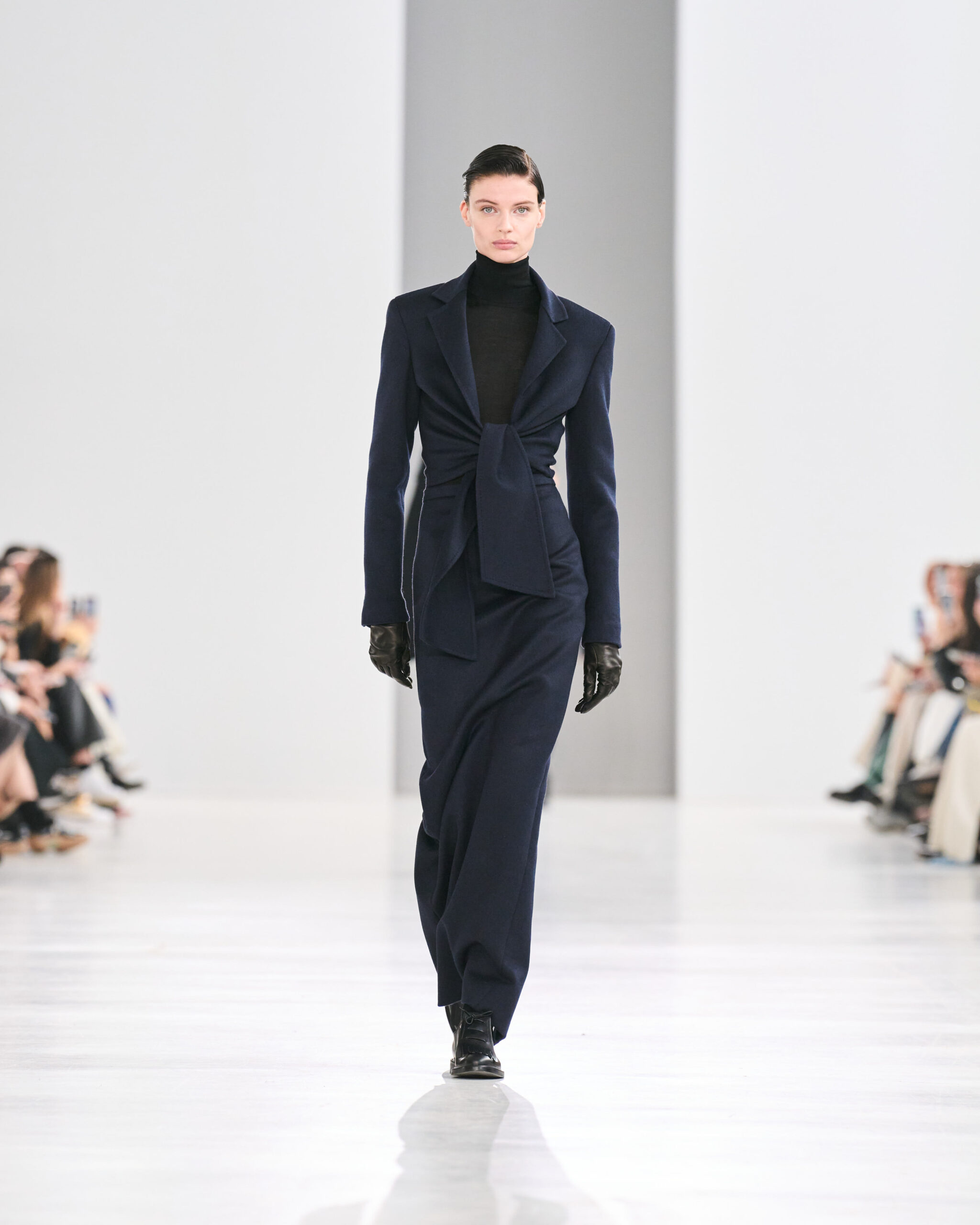

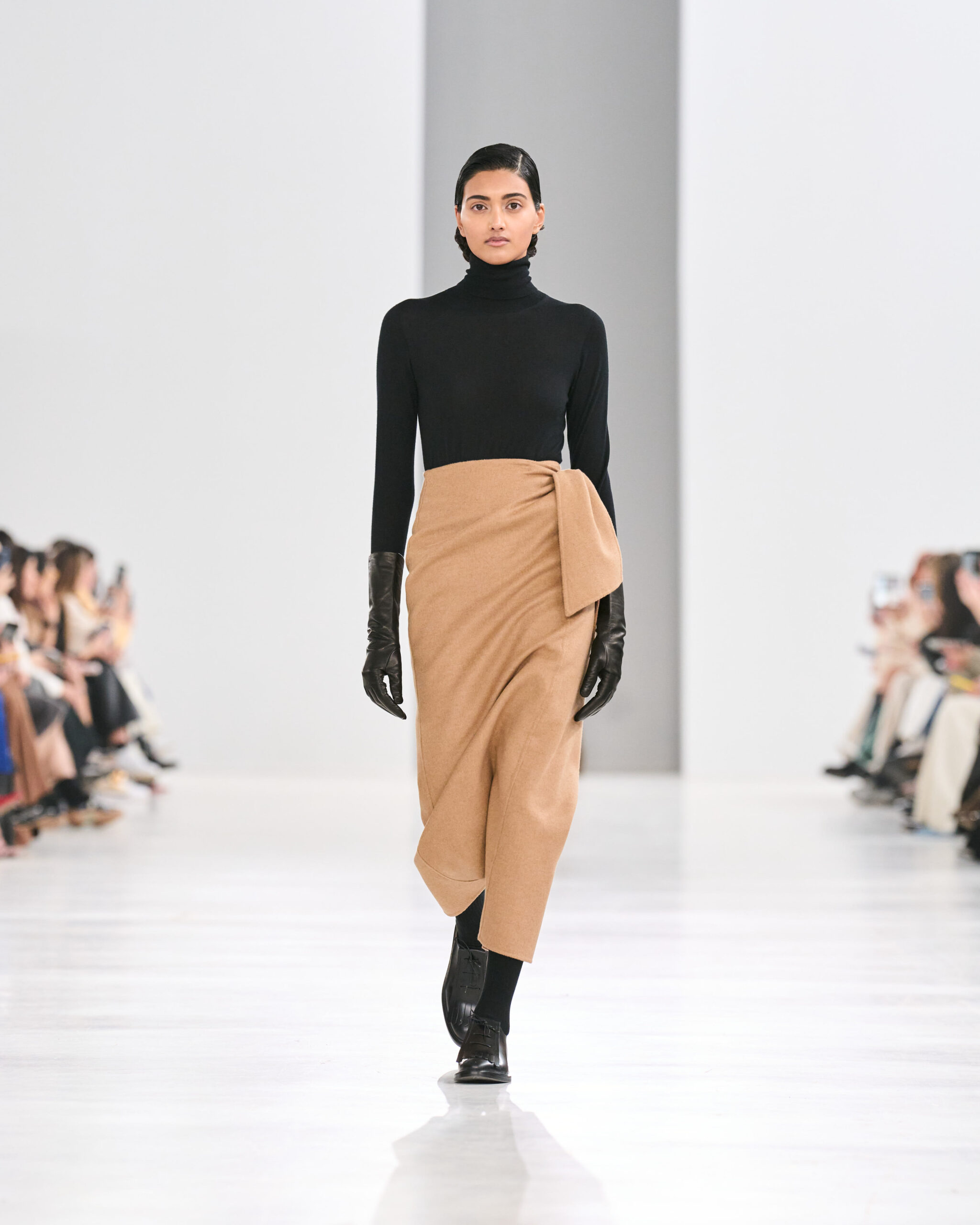
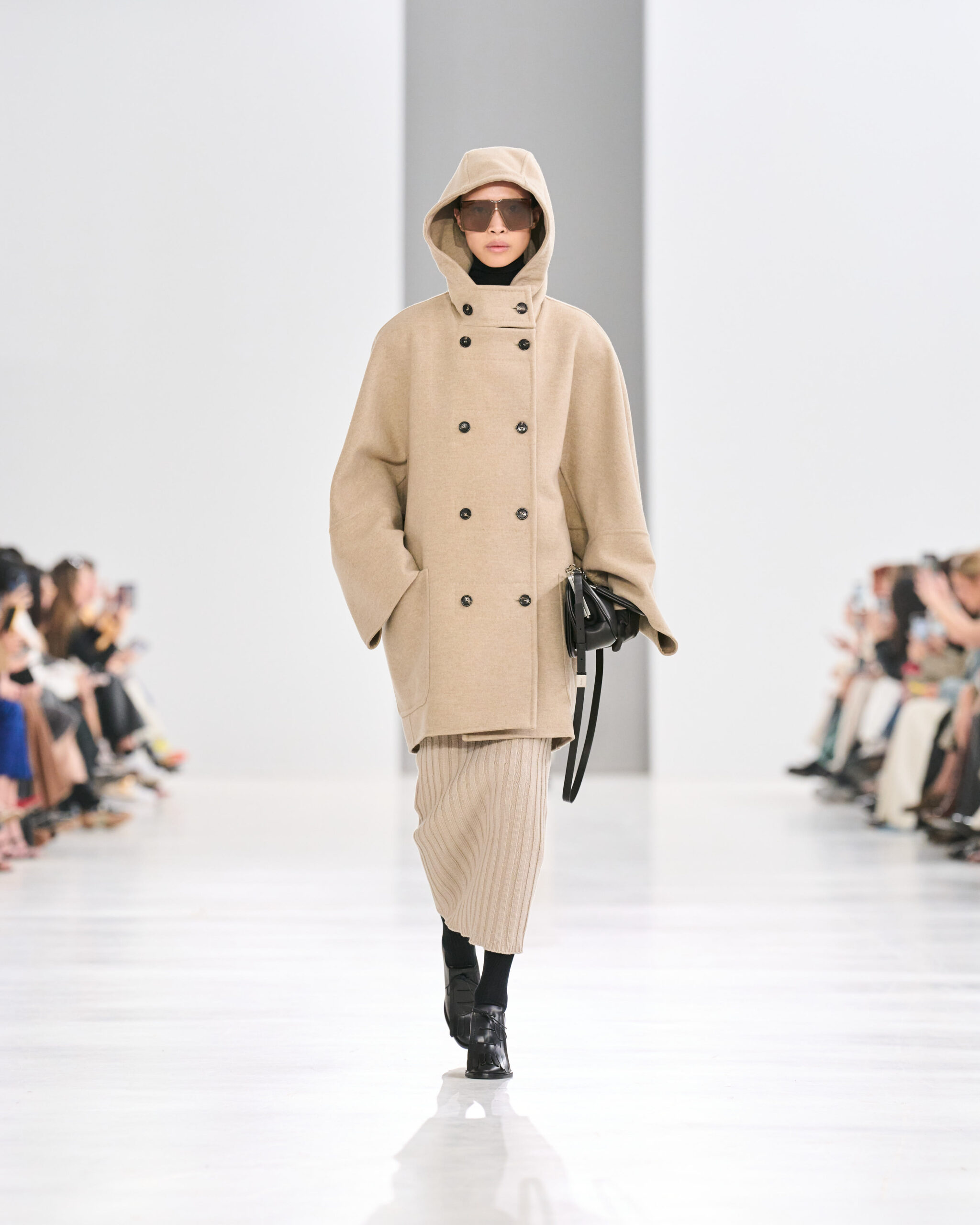
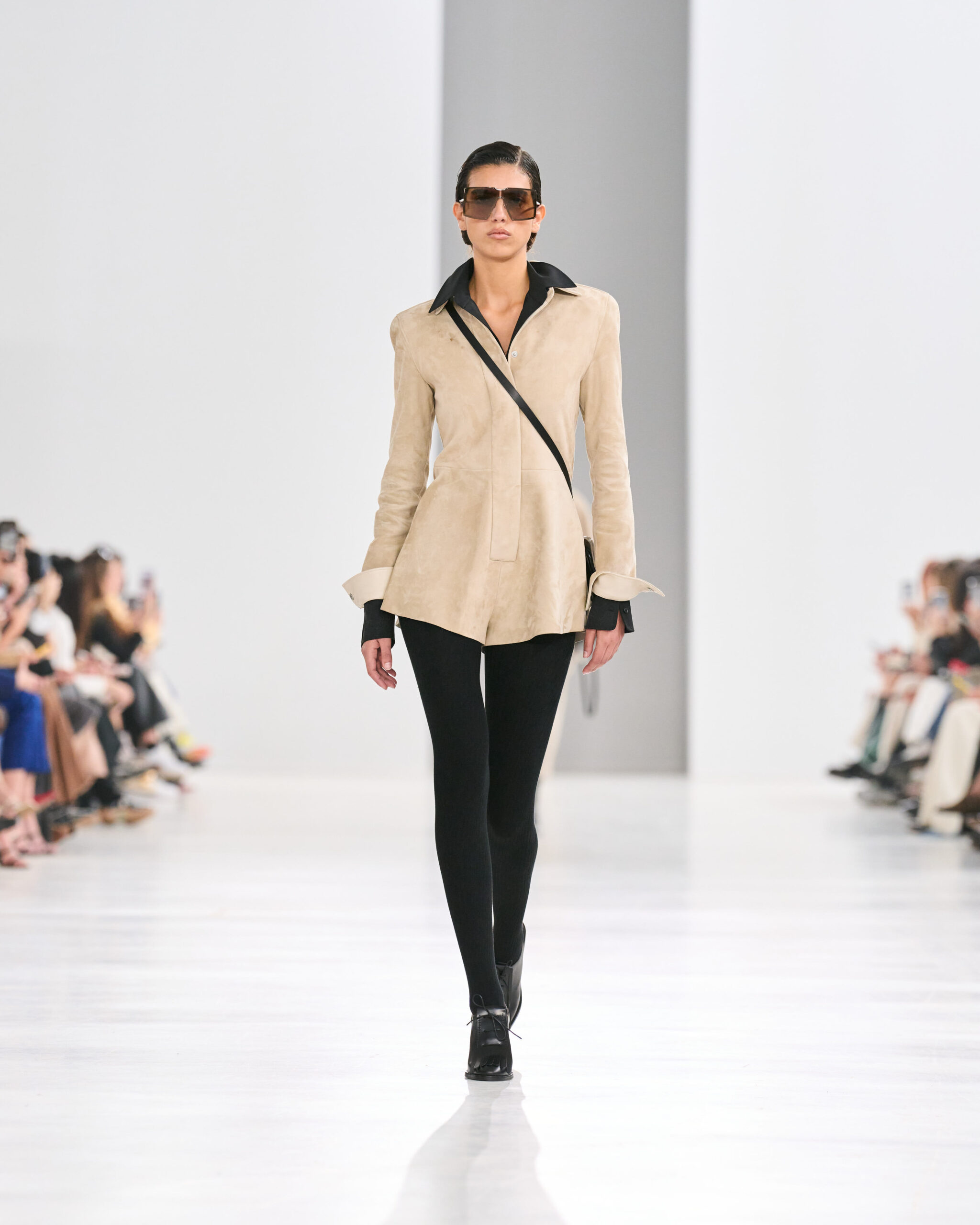
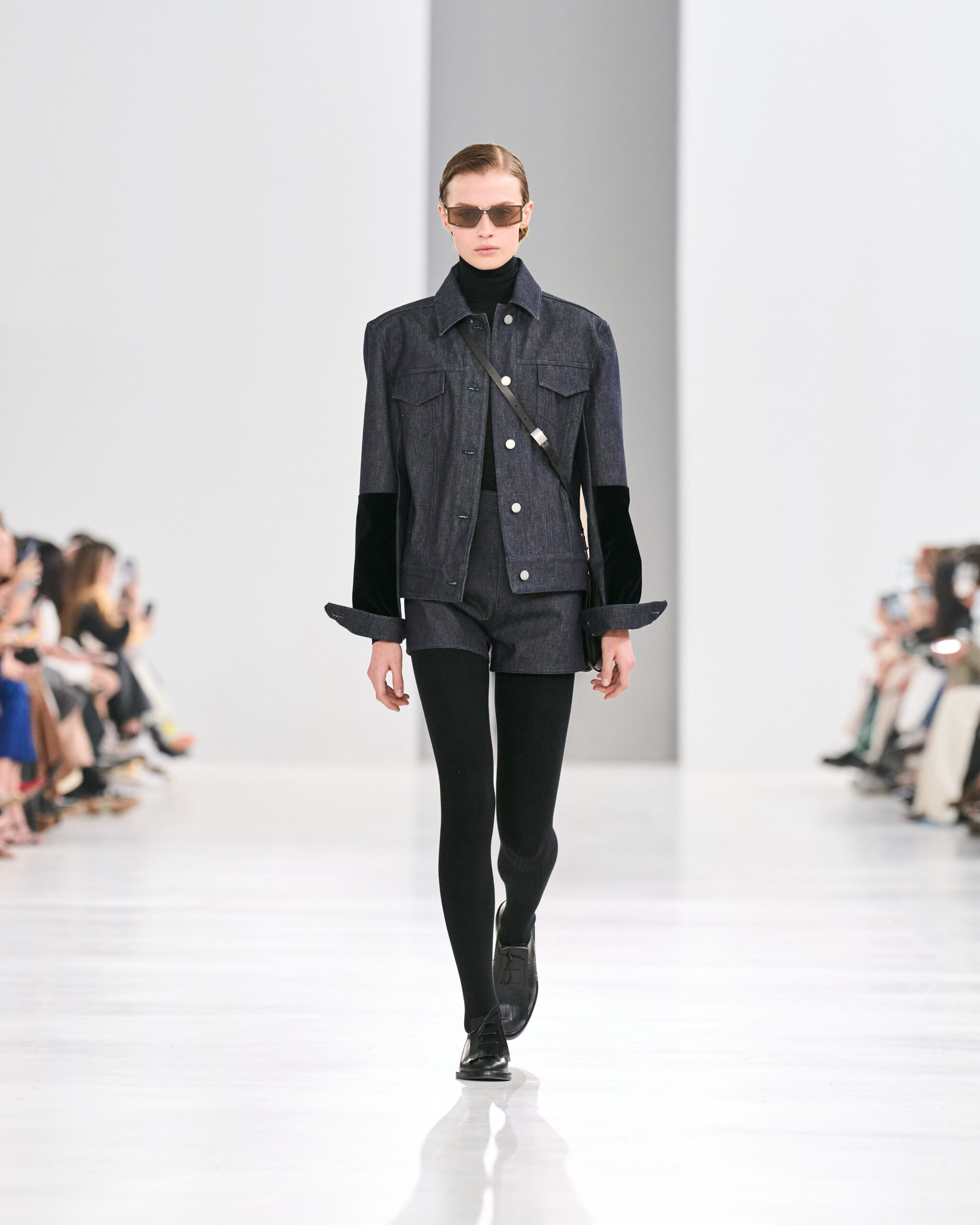
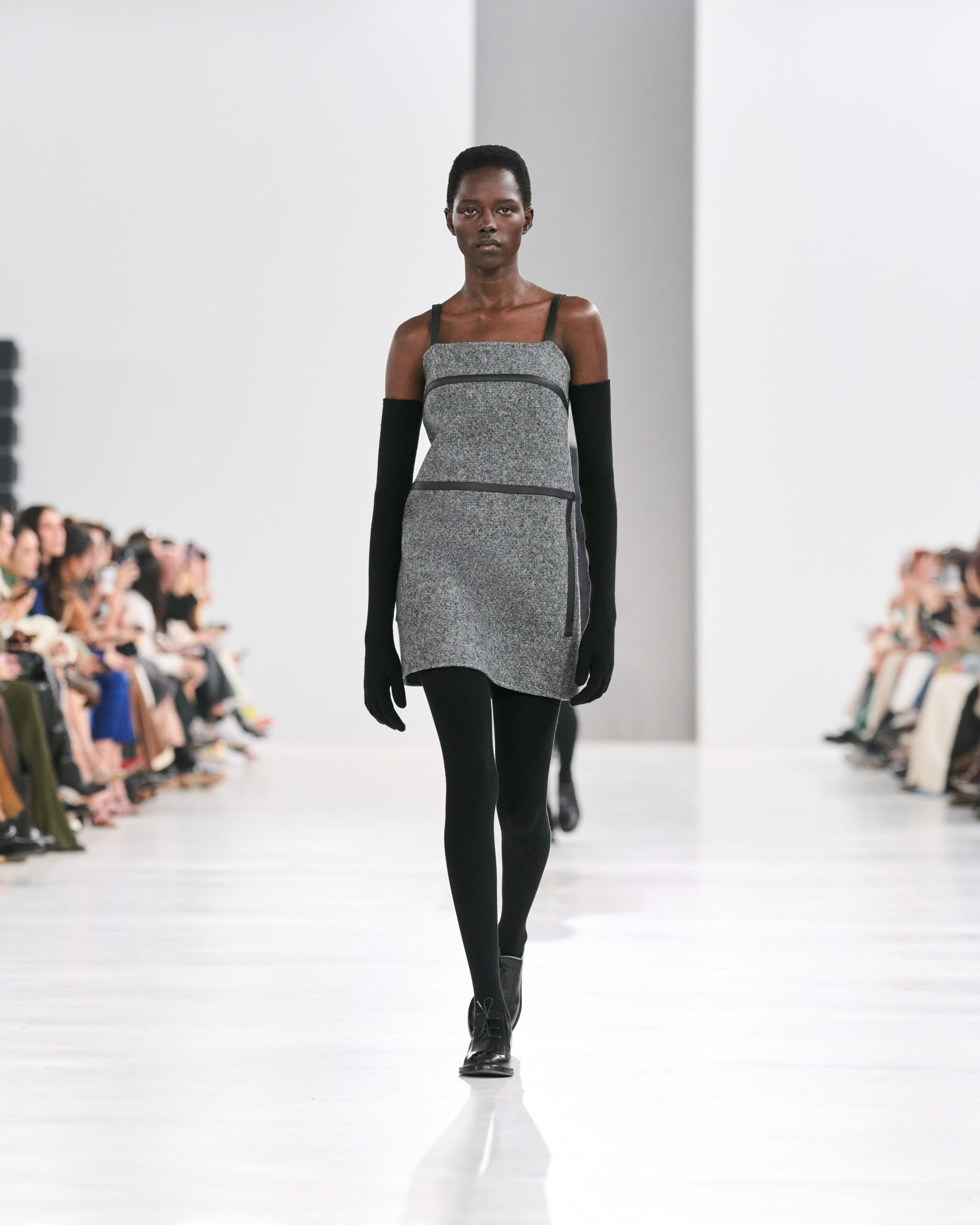
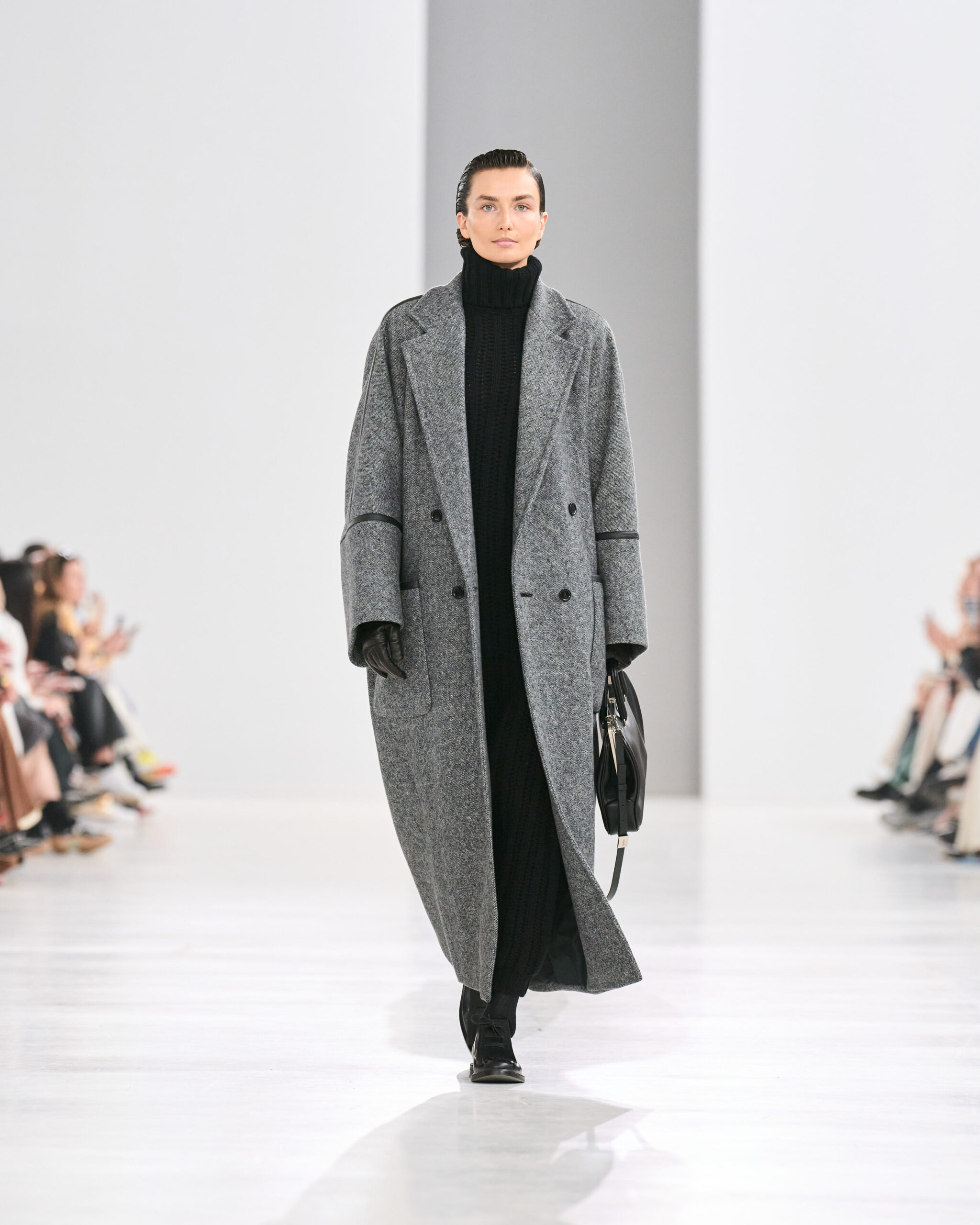
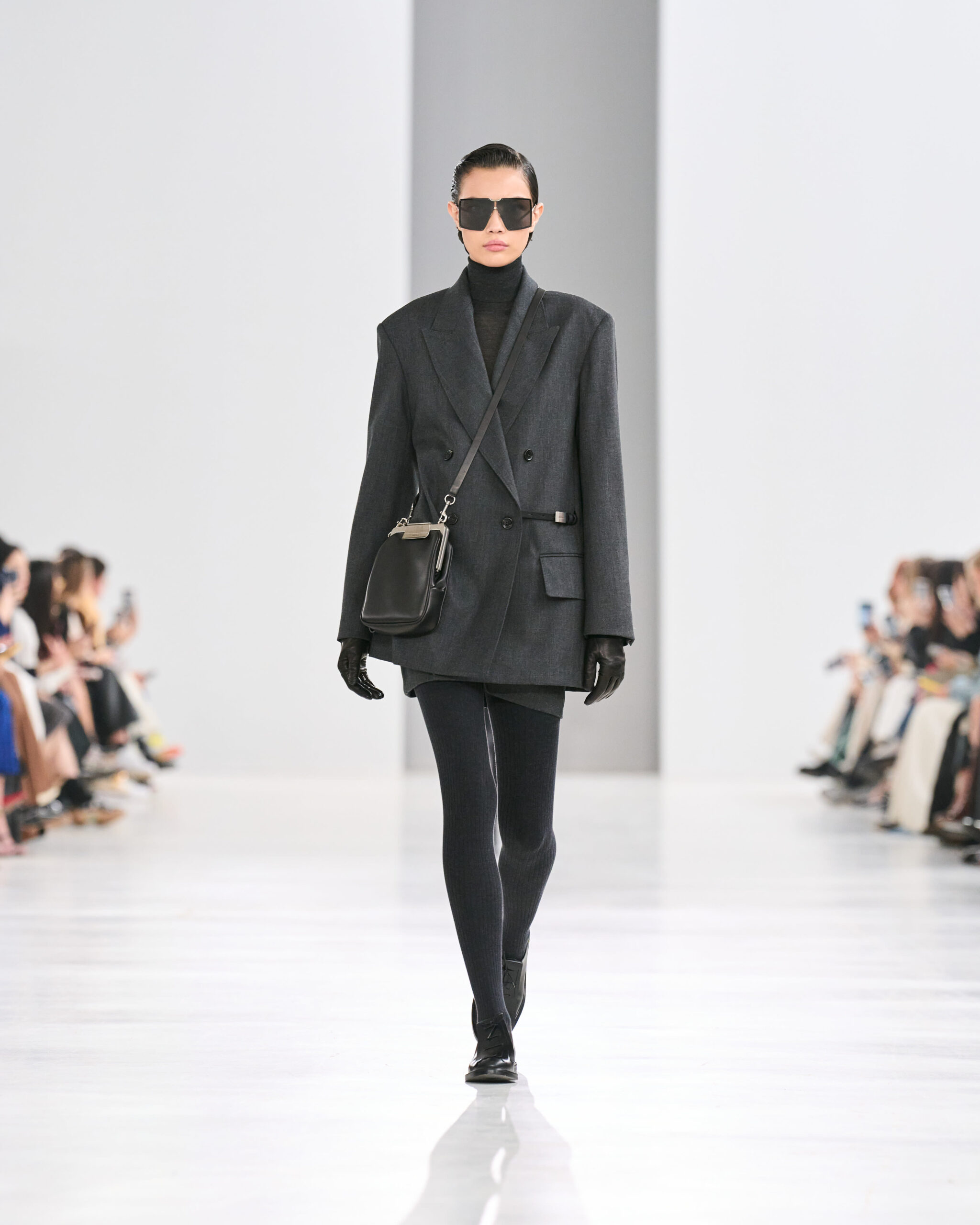

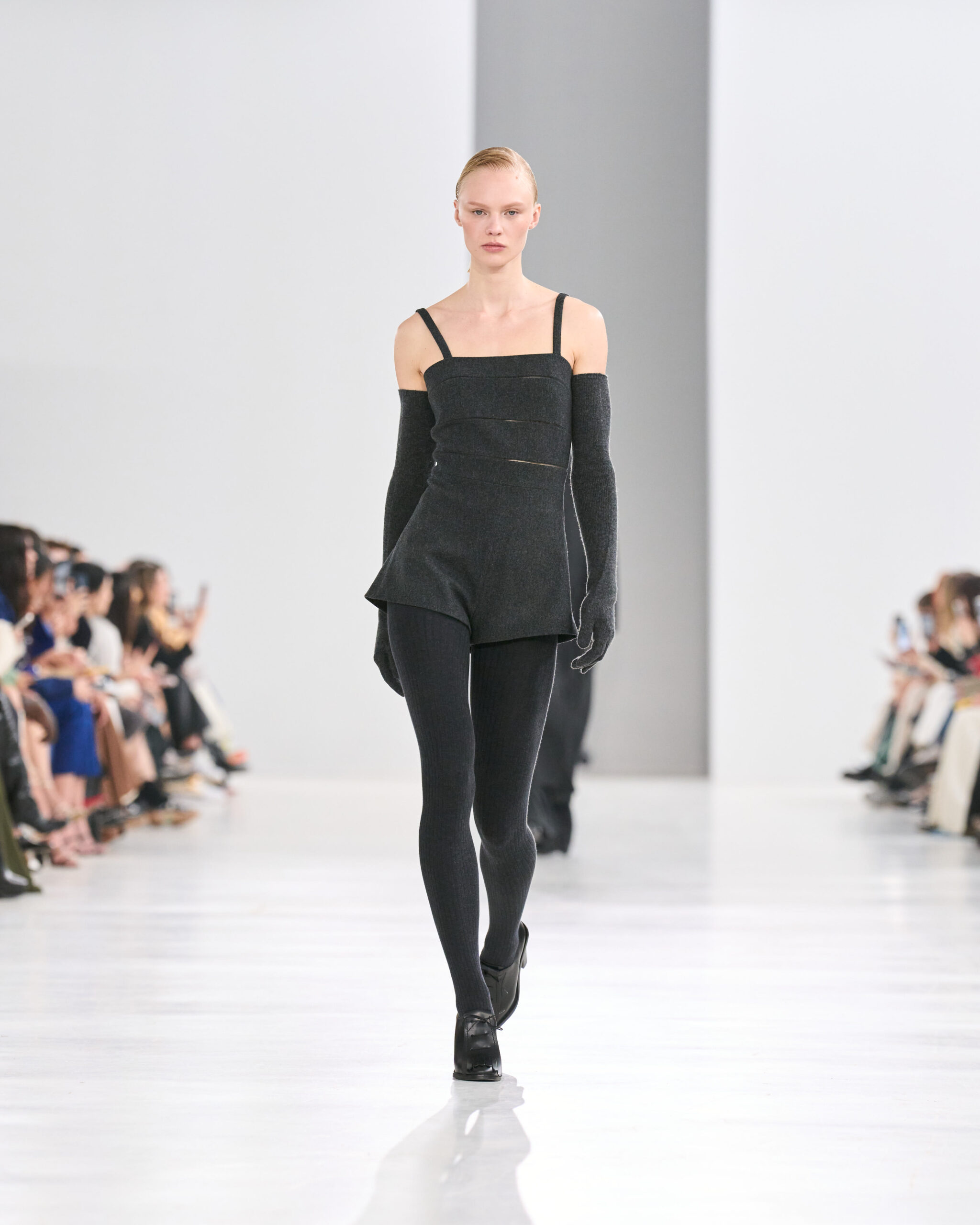
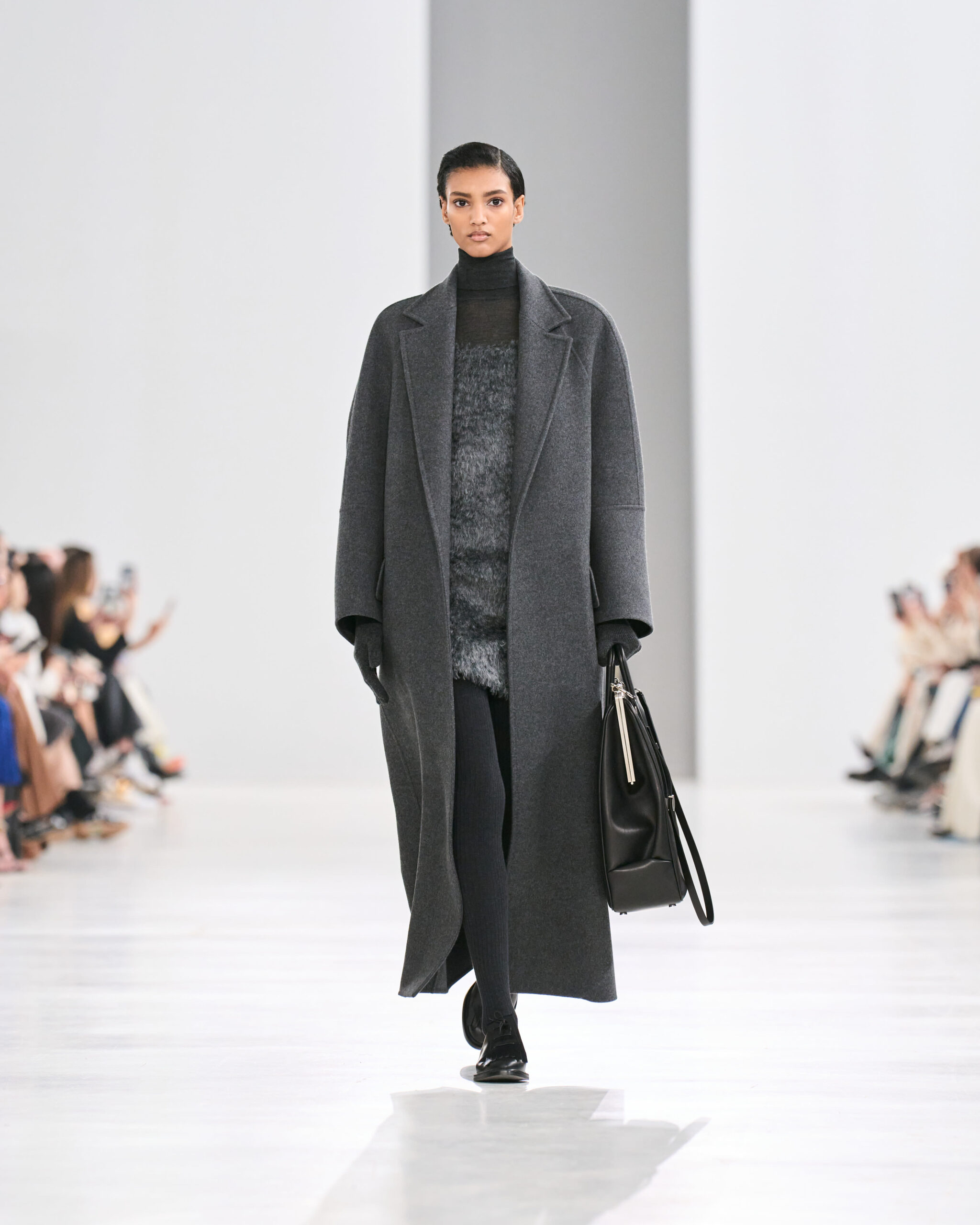
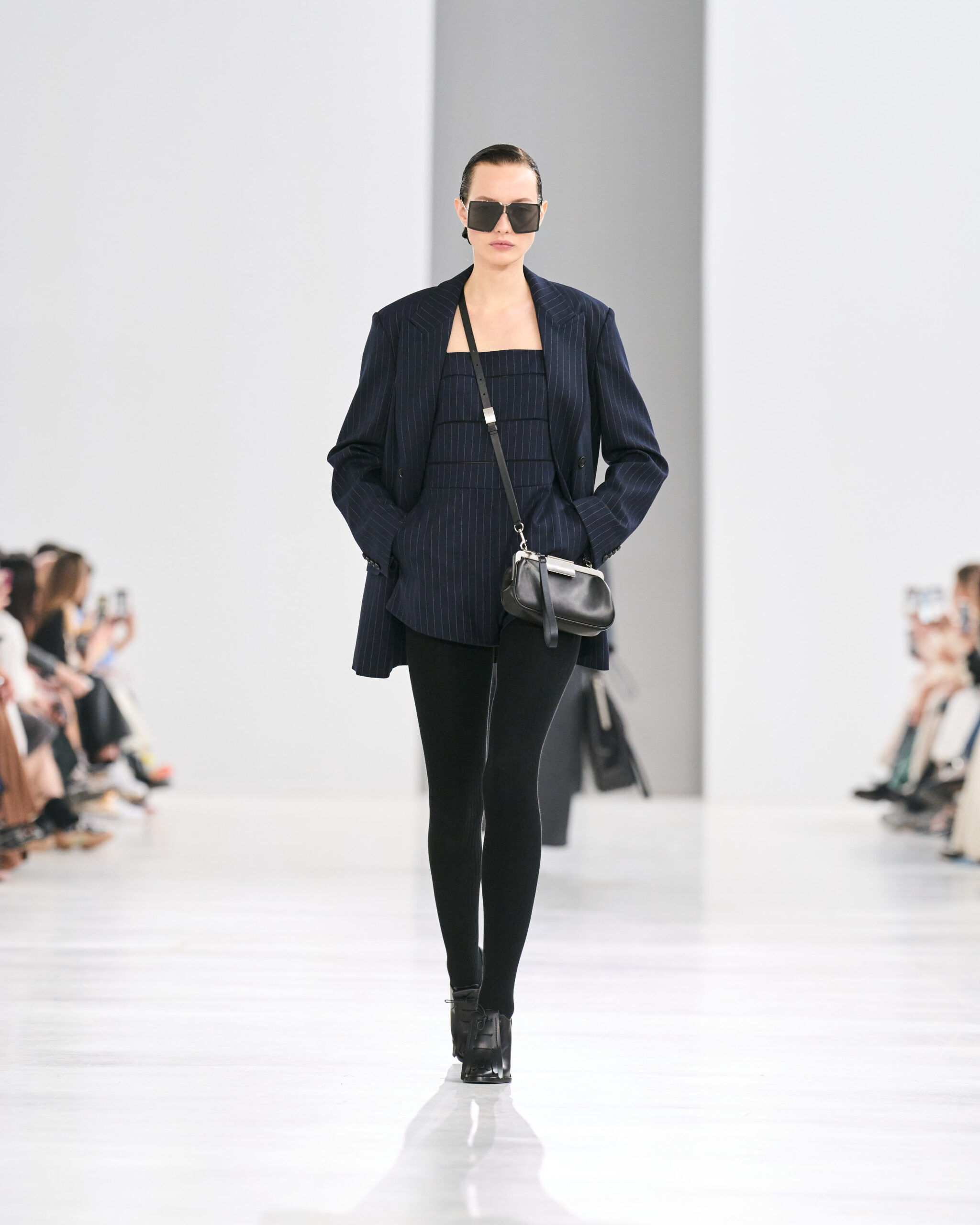



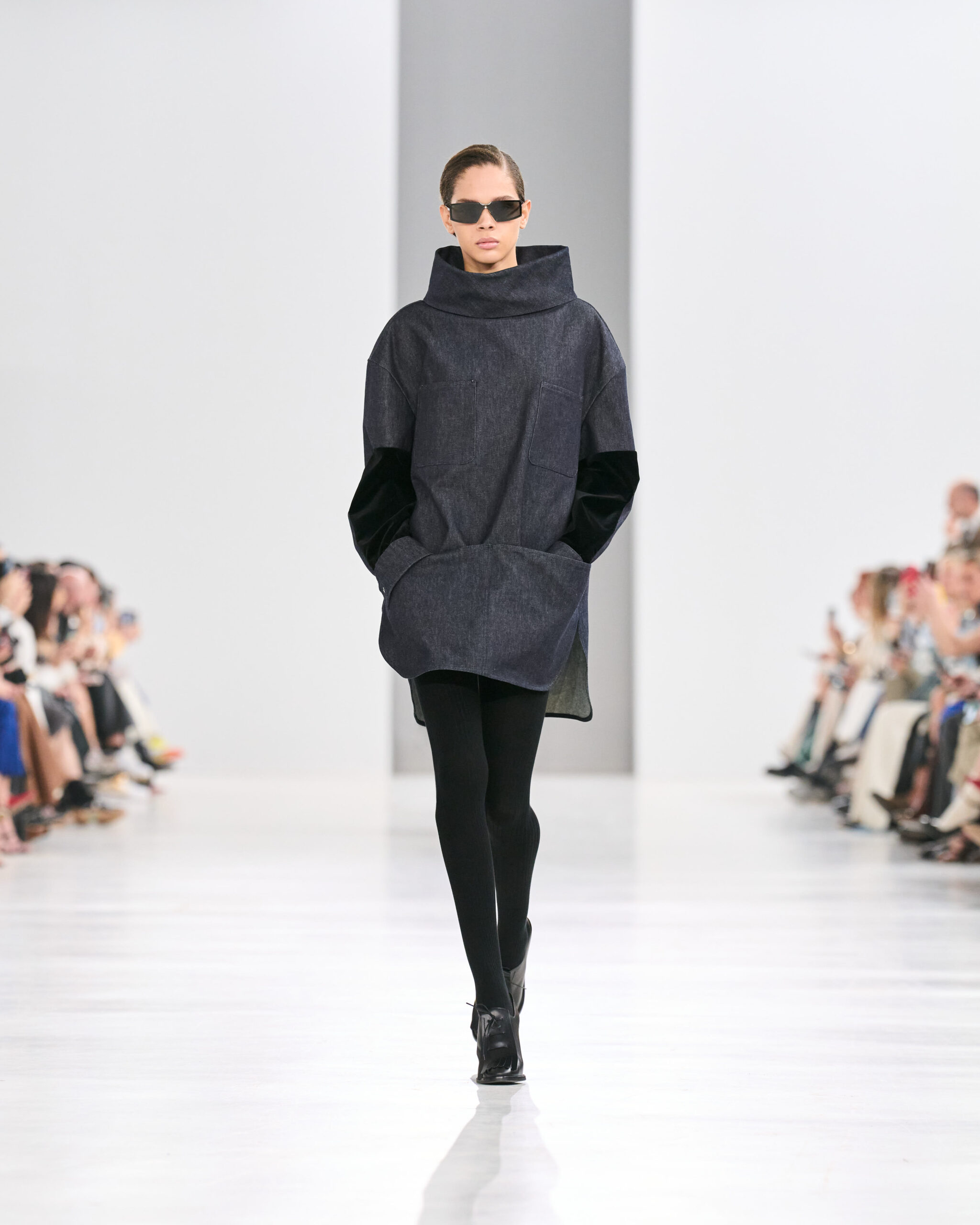
This story first appeared on GRAZIA International.
